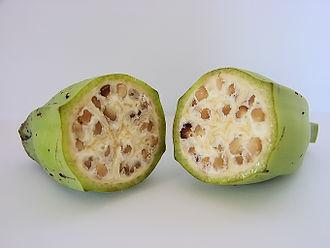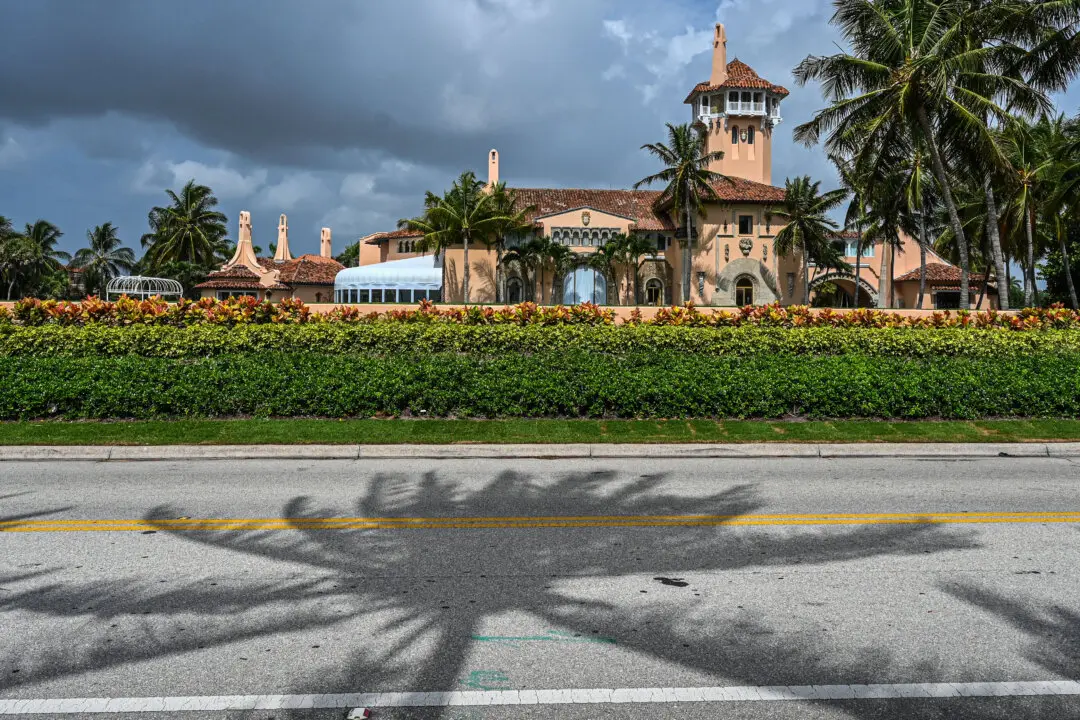The fruits and vegetables that we know and love didn’t always look, or even taste, that way.
Humans have been messing with with plants’ genetics for thousands of years via selective breeding, which is when farmers select and grow crops with desirable traits over time.
The first bananas were likely cultivated about 7,000 years ago on Melanesia, the group of islands that include Papua New Guinea and Indonesia. They were also grown in Southeast Asia and later, Africa.

Creative Commons





